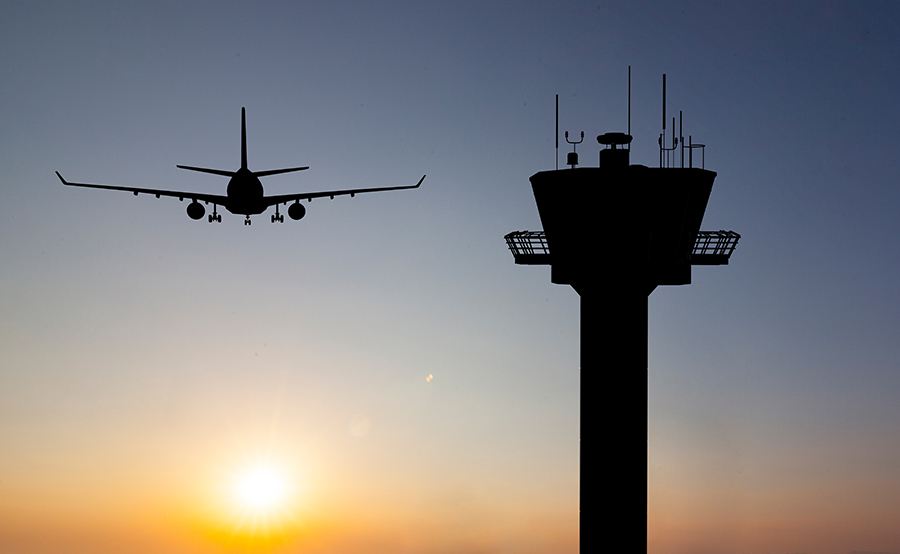REMOVING IONOSPHERE DISTURBANCE FROM SATELLITE-BASED NAVIGATION
This Solution was formerly part of PJ.14-03-01-W1
Satellite based navigation systems such as ground-based augmentation systems (GBAS) support more flexible approach paths, shorter routes and require less infrastructure than conventional instrument landing systems. However, they can encounter interference in certain atmospheric conditions, and can become susceptible to jamming and spoofing. SESAR 2020 is examining the use of dual frequency multi-constellation (DFMC) to improve the robustness and performance of the navigation solution by making it less vulnerable to the presence of ionospheric disturbances.
DFMC GBAS considers any dual constellation combination. SESAR 2020 is studying DFMC GBAS with the aim of using GPS L1 and L5, and Galileo E1 and E5a constellations to support precision approach and landing operation in low visibility conditions up to CAT IIIb minima. The DFMC GBAS ground subsystem provides corrections (GPS/GALILEO) and integrity information as well as landing guidance to the aircraft, where is received and processed.
Having two frequencies improves the robustness of the system in environments of radio frequency interference affecting a single frequency. The availability of two constellations (GPS and Galileo in this case) stabilises the accuracy of the navigation solution as well as mitigates scintillation and the risk of having insufficient satellites with a single constellation.
The main goal is to develop a global solution capable of supporting landing operations in challenging conditions. In SESAR 2020 wave 1 the robustness versus extreme ionospheric conditions was studied, in Wave 2 ionospheric anomalies are being further studied thanks to a DFMC GBAS data collection system in Tenerife Norte Airport. Moreover, a concept paper was presented in 2018 and consolidated at European level, the objective is to advance on the standardisation activities with RTCA, ICAO/NSP architecture ad-hoc sessions and EUROCAE meetings.
BENEFITS
- Improved cost efficiency
- Enhanced safety
- Reduced emissions

